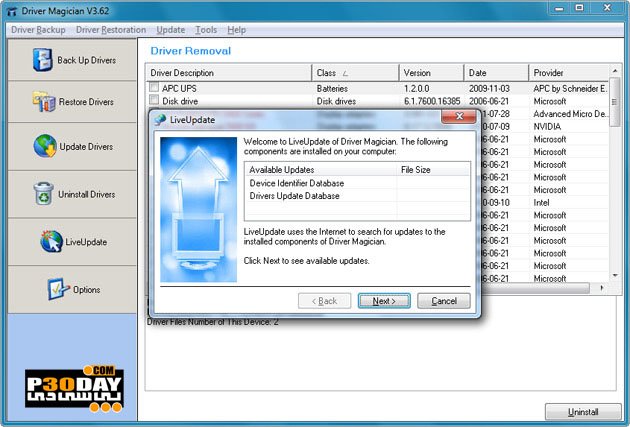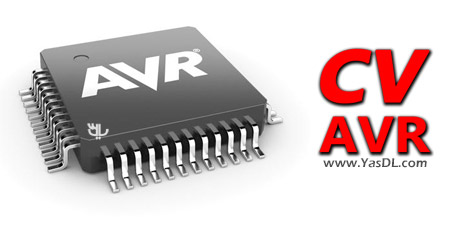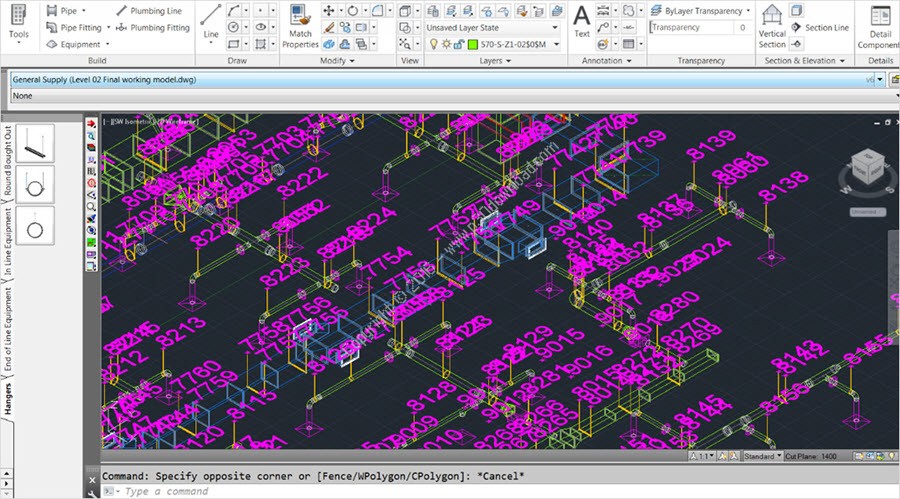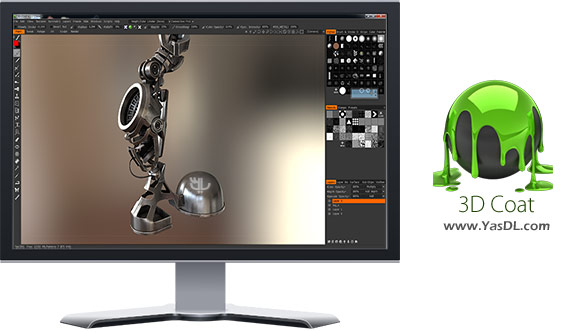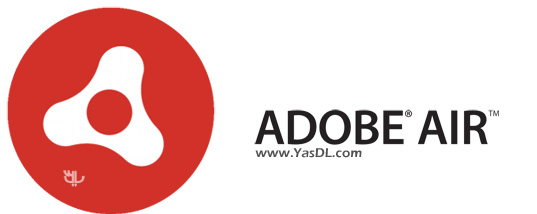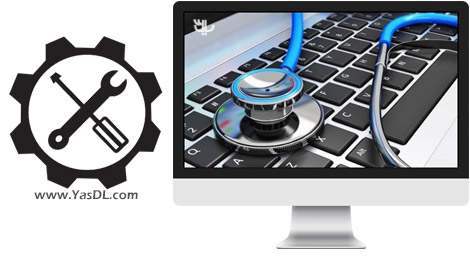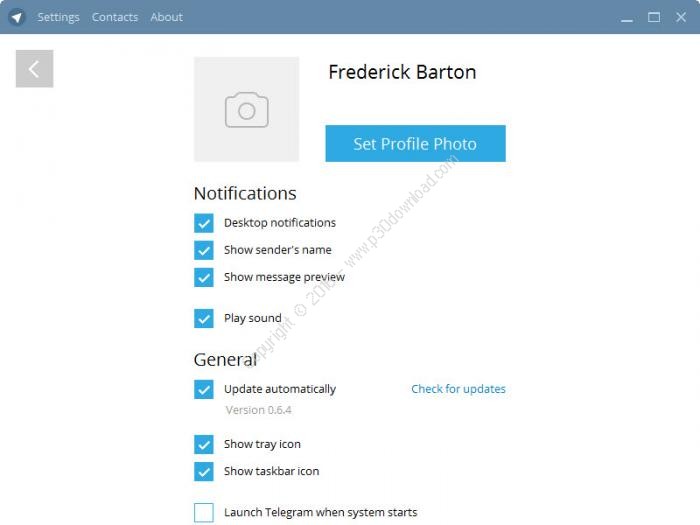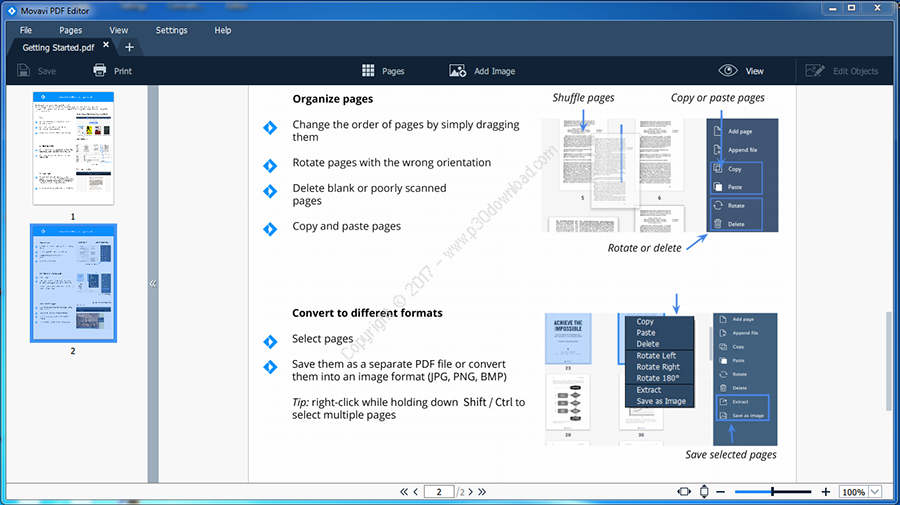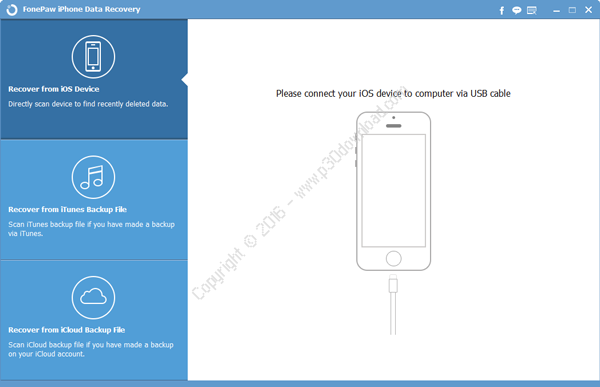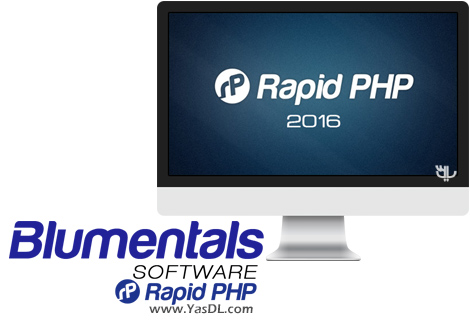Software Description:
The latest release from ITEM Software is an extraordinarycollection of new capabilities that provides a customizable,cross-platform, multi-user, open frame-work. Built on proven andrecognized analysis engines, ITEM QT (iQT) is arevolutionary approach to reliability, safety, and risk analysissoftware tools. With iQT, you are no longer limited by thetechnology choices of software vendors or chained to infrastructurerequirements of their products. Continue reading to learn moreabout the iQT design that provides a framework to suit all of yourneeds.
ITEM Software continues to build and deliver reliable,defensible, and innovative tools your industry requires. Over theyears, we have heard from many users in a variety of industries -analysis tools need to be more open and extensible. In developingthis new tool, ITEM Software has taken into consideration that notevery company or situation has the same requirements andcapabilities.
The preliminary modules fully released and currently available arethe reliability prediction standards :
– FIDES Guide 2009 (Electronic)
– Telcordia SR-332 (Electronic)
– IEC 62380, UTE C 80-810 (Electronic)
– HRD 5 (Electronic)
– Siemens SN 29500 (Electronic)
– Generic Standard (Fully Customizable)
– NSWC-06/LE10 (Mechanical)
– NSWC-98/LE1 (Mechanical)
– MIL-HDBK-217 (Electronic)
Here are some key Features of “ITEM QT”:
– Customizable, cross-platform, multi-user, open-framework
– Built on proven and recognized analysis engines
– Supports the same modules as our flagship product ITEMToolKit
– Update manager allows the user to upgrade to the latest versiononline
– Refrains from loading and creating models until needed,dramatically reducing memory usage and startup times
– Easily create or modify existing prediction approach with aprediction module editor
– True cross-platform capabilities through Java-based framework andanalysis engines
– Library function allows automated update of models
– Easily revert to any previous version of a model
– Restrict access to particular models to one user or group
– Create different branches and variations of the same model for’what if’ investigations
– Merge project work from multiple teams into a single project
– Designed by engineers for engineers
– Fully functional open environment supporting addition of thirdparty plug-ins
– Stores external documentation like MS Word, PDF or CAD drawingfiles
– Configurable to interface with other programs
– Powerful, proven and configurable quantification engines
– Open standard allows users to make changes to the model outsideof iQT
Customizable and Efficient Interface:
iQT delivers a customizable user interface whereby the user candevelop any number of “perspectives”. These visual containers canhold a collection of views, editors, or modules available withinthe iQT framework. Along with any number of other perspectives, aperspective exists within the framework and, like a page within abook, is visible at any time.
Arranged for different kinds of reliability, safety and riskanalyses, iQT is delivered with several pre-set perspectives.Furthermore, to support the needs of the individual user or theentire organization, new perspectives can be easily created andshared with other users of iQT. To help eliminate the need toreinstall the software for new releases, an update manager isprovided. This allows users to update to the latest version throughonline updating within iQT.
Additionally, the iQT framework refrains from loading and creatingmodels and services until it is first needed. The memory usage andstartup time are dramatically reduced using this mechanism.
A prediction module editor is provided within the iQT framework. Anengineer can easily create or modify an existing company predictionapproach. No coding is needed. This newly created approach isautomatically recognized within iQT.
Cross-Platform:
In order to leverage the features and functions each has to offer,the computing environment of today’s businesses use many differenttypes of operating systems and platforms. It is very common to seea blending of Microsoft, Unix/Linux, and Apple technologies acrossthe enterprise and within the supply-chain of any organization.
iQT delivers true cross-platform capabilities through itsJava-based frame-work and analysis engines. Whether installed as astandalone or client-server configuration, iQT supports theanalysis processing on either the local computer or the server. Ananalyst with a Macintosh in London can easily collaborate with anengineer in Texas using a Unix workstation, or a consultant inChina with a Microsoft based PC
True Multi-User Capability:
The iQT framework provides the capability for multiple users tosimultaneously, yet independently modify any model or analysis inany project they have access to. To track the change, a robustversion control tool is provided within iQT .
Users can check out and work independently on their local copies ofthe “project”. Plus, individually commit their changes back to thecentral repository. The repository can be on remote servers, orkept locally, enabling the user to maintain their own versionhistory.
While the project’s history is maintained within the centralrepository, changes from different users can be merged easily,without running the risk of one user accidentally overwritingchanges made by others.
At any point, individual users can choose to commit their versionof a model or project to a repository, which then captures thechanges and records them into the project history. Multiple userscan read and write to the repository as needed. Users can bringtheir local models up-to-date from the repository as theychoose.
Parts of the model or project can also be locked in the repositorybefore they can be edited. This way no two people can be working onthe same file.
The use of the source control system, in combination with thesystem hierarchy within iQT , allows for a “library” function inwhich changes in the master library can be applied to modelsrelying on those libraries. This allows users to update the libraryincorporated in a project in an automated fashion.
Other multi-user functions provided within iQT include :
– Easily revert to any previous version of a model
– Restrict the access to a particular model to one team orgroup of users
– Create different branches and variations of the same modelfor “what if” investigations
– Merge project work from multiple teams or repositoriesinto a single project or repository
– Publish milestones for the project
Robust and Flexible Storage:
The iQT storage format consists of sets of freely coupled XMLfiles. The use of XML automatically results in an “open standard”,allowing users and other applications to make changes to the modeloutside of iQT. This flexibility opens the door for a wide range ofapplication integration and ease of capturing data directly fromthe iQT project files. Of course, changes are tracked in thehistory of the repository. Individual modules are stored in theform of XML files. It is also possible to store externaldocumentation, e.g. MS Word, PDF or CAD drawing files, in the samedirectory structure. These files are then considered part of theproject.
Task Management:
iQT can be configured to incorporate documentation, task managementor other features that are available from third-party vendors. If arecognized change management program is in place at the company,iQT can be configured to interface with that program. This allowsthe company to take further advantage of the software toolinvestment they have already made
Powerful, Proven and Configurable QuantificationEngines:
The iQT quantification engines have been developed, performancerefined and used worldwide for many years. They are a solidfoundation for accurate analysis results. Their implementation iniQT may reside locally on the user’s computer, or exist as aservice on a network server anywhere in the world. More than oneanalysis engine can be used to solve a particular part of a model.Furthermore, users can specify engine settings for a particularmodel.
There are no dependencies between the engines. The various enginesdo not know of each other’s existence, or are even aware of theother model types. It is possible that more than one analysisengine is available to perform the analysis of a given module.Users can even add their own engines easily for any particular typeof module.
Named Parameters:
Named parameters can be used to efficiently make changes tomultiple input parameters in a model. Named parameters can be usedto quantify or otherwise assign values to input parameters in themodel.
Open and Extensible:
Focused on reliability, safety, and risk assessment, our iQTproduct is a highly extensible framework that provides commoninfrastructure for any kind of system modeling.
The capable nature of iQT is achieved by an existing Java platformfoundation that is widely supported in your business environment.By following the predefined interface, your team has the ability tocreate plug-ins that extend the capabilities of iQT . The followingare examples of possible iQT extensions:
– New editors or viewers for a given model (file) type
– New quantification model types
– New result types
– New analysis engines
The well-established core services of this platform provide theessential functionality to model and analyze reliability, risk andsafety projects. Regardless of the configuration of a particularinstallation, the core services are available in the framework.
All extensions are highly modular. By allowing capabilities to beadded to or removed from the software without affecting otherextensions, new functionality, perhaps a new prediction standard,can be added without requiring reconfiguration or redesign of thesource code.
iQT is a fully functional open environment, supporting the additionof third-party plug-ins such as:
– Version management plug-ins
– Project management plug-ins
– Third-party computational environment tools (e.g.MATLAB)
– Third-party modeling tools (e.g. data analysis)
– Documentation tools (e.g. PDF viewers)
– Search tools
Installer Size: 292.14 MB
Download Links > ITEM QT v10.1.2 + Crack
